Your Thoughts on Austrian Pines & Tip Issue
CuddyValley
9 years ago
Related Stories
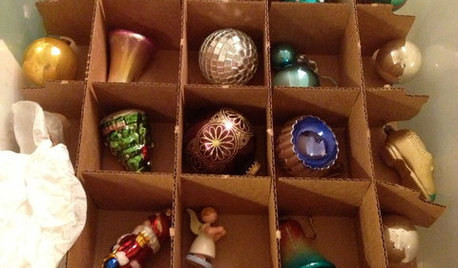
HOLIDAYSChristmas Cleanup Tips for the Not Naturally Organized
Dreading the postholiday chores? First let yourself unwind. Then grab some boxes, a few supplies and this easy guide
Full Story
DECORATING GUIDES10 Design Tips Learned From the Worst Advice Ever
If these Houzzers’ tales don’t bolster the courage of your design convictions, nothing will
Full Story
SELLING YOUR HOUSESell Your Home Fast: 21 Staging Tips
Successful staging is key to selling your home quickly and at the best price. From cleaning to styling, these tips can help
Full Story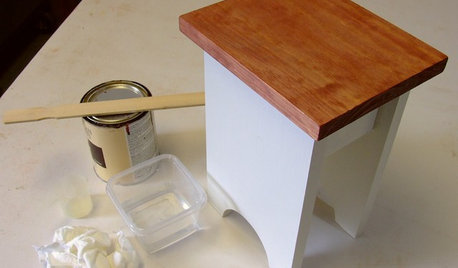
DIY PROJECTSCool Tip: Mimic Stain With a DIY Color Wash
Get the look of an oil-based stain without all the bother, using this easy wash made with paint
Full Story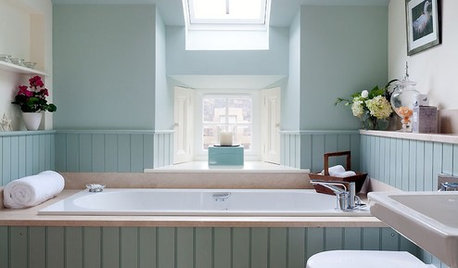
SMALL SPACES10 Tips for Chic Little Bathrooms
Get more visual appeal and storage in less space, following the lead of these stylish compact bathrooms
Full Story
REMODELING GUIDESContractor Tips: Finish Your Basement the Right Way
Go underground for the great room your home has been missing. Just make sure you consider these elements of finished basement design
Full Story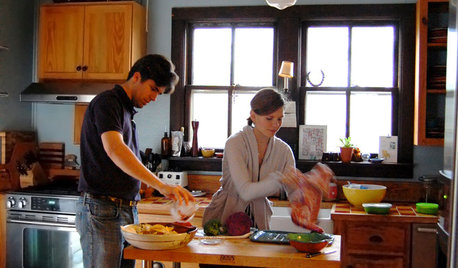
ENTERTAINING8 Stress-Busting Tips for Hosting Small Gatherings
Make entertaining easy with these ideas for casual get-togethers
Full Story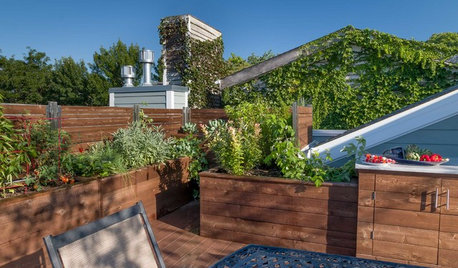
GARDENING GUIDES10 Tips for Beginning Gardeners
With a simple sketch, basic tools and the right plants, you’ll be on your way to growing your first flowers or edibles
Full Story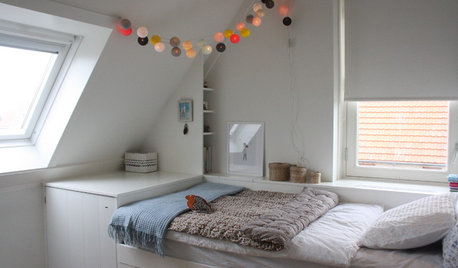
ATTICS14 Tips for Decorating an Attic — Awkward Spots and All
Turn design challenges into opportunities with our decorating ideas for attics with steep slopes, dim light and more
Full Story
PETSSo You Want to Get a Cat
If you're a cat lover, the joys outweigh any other issue. If you haven't lived with one yet, here are a few things to know
Full StoryMore Discussions






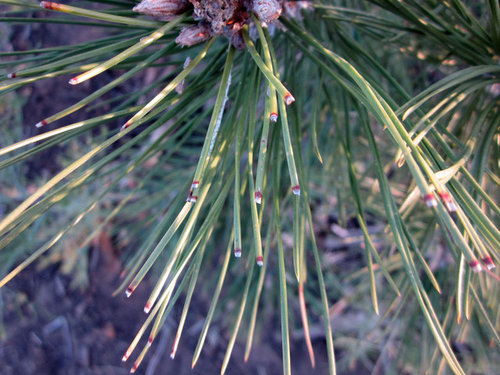




CuddyValleyOriginal Author
CuddyValleyOriginal Author
Related Professionals
Brentwood Landscape Architects & Landscape Designers · Kenmore Landscape Architects & Landscape Designers · Saint Louis Park Landscape Architects & Landscape Designers · Arlington Landscape Contractors · Burlington Landscape Contractors · Camp Verde Landscape Contractors · El Reno Landscape Contractors · Gurnee Landscape Contractors · Hayden Landscape Contractors · Longmont Landscape Contractors · Matteson Landscape Contractors · Northport Landscape Contractors · Rio Linda Landscape Contractors · Wallingford Landscape Contractors · West Orange Landscape ContractorsCuddyValleyOriginal Author
CuddyValleyOriginal Author
CuddyValleyOriginal Author
CuddyValleyOriginal Author
bengz6westmd
outback63 Dennison
mikebotann
ken_adrian Adrian MI cold Z5
bluecone
CuddyValleyOriginal Author
wisconsitom
CuddyValleyOriginal Author